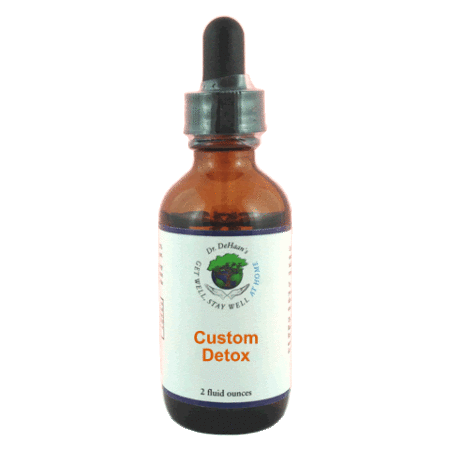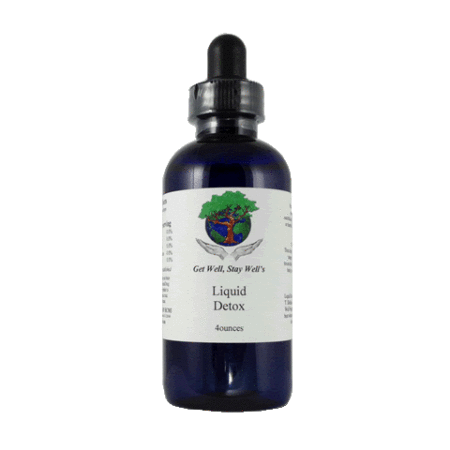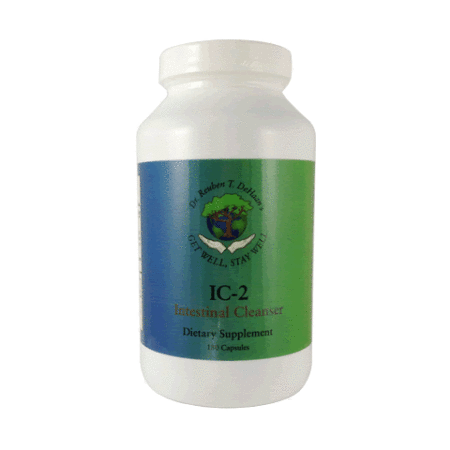Acanthamoeba are found in soil, water (including treated water), air, and dust. Although most people have been exposed to this organism during their lifetime, the good news is that the majority of healthy people have serum antibodies to fight it. For the few people whose antibodies do not kick in, Acanthamoeba can cause three known diseases.
 Acanthamoeba keratitis is an infection of the eye. Most cases occur in people who wear contact lenses. Keratitis has been associated with wearing non-disposable contact lenses, using homemade sodium chloride solution to clean the lenses, and wearing lenses while swimming. Early corneal infection manifests as epithelial involvement, including elevated epithelial lines that may appear as dendritic, punctuate epithelial erosions, microcysts, and epithelial haze. Stromal findings, which occur later, include single or multiple stromal infiltrates and nummular keratitis. In advanced stages, ring infiltrates or satellite lesions can develop. It may sound very complicated, so the photo shows the details.
Acanthamoeba keratitis is an infection of the eye. Most cases occur in people who wear contact lenses. Keratitis has been associated with wearing non-disposable contact lenses, using homemade sodium chloride solution to clean the lenses, and wearing lenses while swimming. Early corneal infection manifests as epithelial involvement, including elevated epithelial lines that may appear as dendritic, punctuate epithelial erosions, microcysts, and epithelial haze. Stromal findings, which occur later, include single or multiple stromal infiltrates and nummular keratitis. In advanced stages, ring infiltrates or satellite lesions can develop. It may sound very complicated, so the photo shows the details.
 Acanthamoeba can cause Granulomatous Amebic Encephalitis (GAE), a serious infection of the brain and spinal cord. Acanthamoeba gets into the body either through the skin or up the nose. It then travels through the nervous system to the brain. Once there, it eats brain cells. After feeding, it divides rapidly which causes sudden and massive inflammation, killing the human host in just a few days. GAE typically occurs in persons with a compromised immune system. This includes people with AIDS, transplant recipients (eg, bone marrow transplants), patients with cancer receiving chemotherapy, and those with systemic lupus erythematosus, steroid use, diabetes mellitus, malnutrition, or liver disease. Although cases of GAE are rare worldwide, survival rate is only 2-3%.
Acanthamoeba can cause Granulomatous Amebic Encephalitis (GAE), a serious infection of the brain and spinal cord. Acanthamoeba gets into the body either through the skin or up the nose. It then travels through the nervous system to the brain. Once there, it eats brain cells. After feeding, it divides rapidly which causes sudden and massive inflammation, killing the human host in just a few days. GAE typically occurs in persons with a compromised immune system. This includes people with AIDS, transplant recipients (eg, bone marrow transplants), patients with cancer receiving chemotherapy, and those with systemic lupus erythematosus, steroid use, diabetes mellitus, malnutrition, or liver disease. Although cases of GAE are rare worldwide, survival rate is only 2-3%.
Acanthamoeba can also cause disseminated infection, which is a widespread infection that can affect the skin, sinuses, lungs, and other organs independently or in combination.
Detoxification of all Acanthamoeba and related toxins
Help that itch, burn, rash, infection.
The natural alternative to pepto-bismol.



